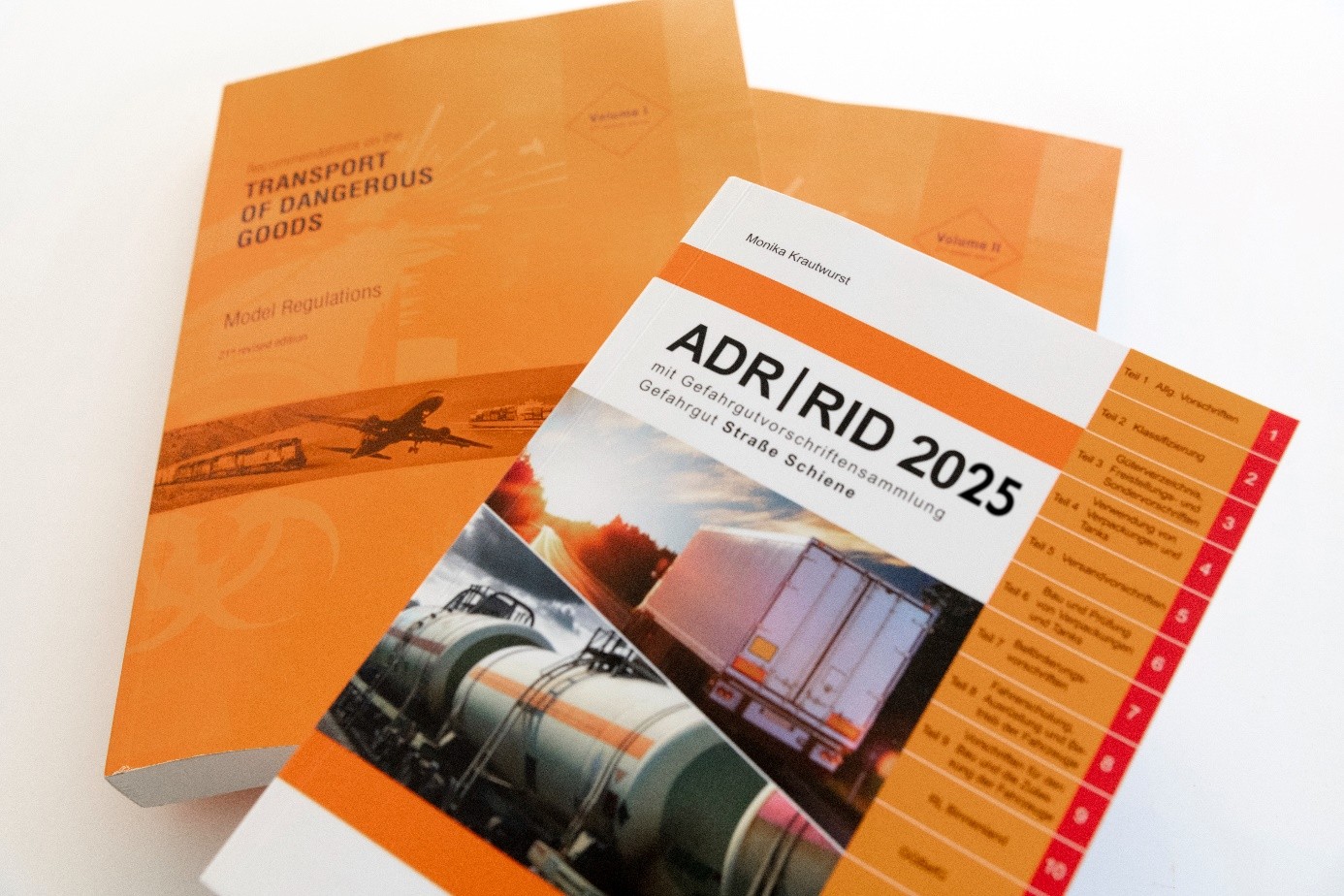
The ADR/RID and the UN Model Regulations for the Transport of Dangerous Goods are important sets of regulations for the safe transport of dangerous goods.
Source: BAM
The safe handling of chemical substances is a key concern in industry and transport. Particularly challenging are so-called self-reactive substances – chemical compounds that can react violently under certain conditions without external influences due to their own heat release. New research now shows that a standardized screening-procedure for simplifying the assessment of these substances can be successfully established.
The focus is on two possible measurement methods:
- The use of differential scanning calorimetry (DSC) – an analytical method that measures the heat release rate of thermal reactions under controlled temperature conditions. This method not only records decomposition temperatures, but also the reaction energy released.
- The determination of the heat flow, i.e. the amount of heat released during a reaction per unit of time. This variable allows a particularly precise assessment of the hazard potential, as it is directly linked to the strength of the exothermic reaction.
A major advantage of the procedure lies in its practical simplification: Only very small quantities of substance (mg to g) are required for the test, which not only increases safety in the laboratory but also makes handling easier. In addition, the tests can be carried out much more quickly and cost-effectively than with conventional methods – a decisive advance, especially when evaluating many new substances in a short time in research and development in the chemical industry.
The evaluation of the measurement results enables the definition of safety-relevant threshold values. On this basis, it is possible to decide at an early stage whether a substance should be classified as a Class 4.1 dangerous good – a clear advantage for manufacturers, logistics companies and authorities.
The significance of these findings extends beyond research: the method has already been incorporated into the applicable dangerous goods regulations. It can therefore be officially used in future for the classification and handling of self-reactive substances. This represents an important step towards the harmonisation of international safety standards.
At a time when new materials and substances are coming onto the market in ever shorter innovation cycles, this method offers a practical and scientifically sound solution – ensuring greater safety and transparency along the entire supply chain.
Screening Procedures for Self-Reactive Substances, Differential Scanning Calorimetry-Onset and Heat-Flux Criteria
Dr. Markus Gödde, Jörg Clemens, Dr. Marcus Malow
Chemical Engineering & Technology, Volume 48, Issue3, March 2025


